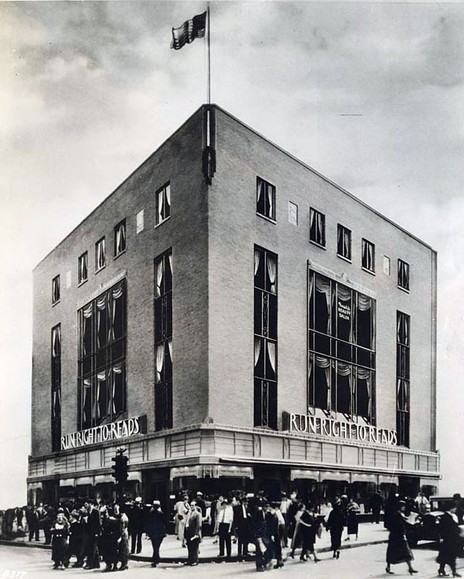Read’s Drug Store Sit-ins
Introduction
Text-to-speech Audio
Images
Read's Drug Store

Backstory and Context
Text-to-speech Audio
Read’s Drug Store opened in 1934, and had a policy of racial segregation in the 1950s, along with most other places in Baltimore. In 1955, students at Morgan State College in Baltimore, which was a primarily Black college, decided that they were going to begin to take action against racial segregation among businesses in Baltimore. After Morgan State students were denied service at Read’s drugstore, they decided to work together with faculty, along with the Baltimore chapter of CORE in order to work towards racial equality and desegregation of the drug store chain.
CORE was an organization of civil rights activists who were led by Ben Everinghim, who had previously been a high school history teacher. CORE had many successes prior to the Read’s Drug Store success, and provided the students with guidance in conducting their sit-in. On January 20, 1955 CORE members and Morgan State students staged a short sit-in at the Read’s Drug Store flagship store, along with another sit-in which lasted for a week. The sit-in was led by CORE leader Ben Everinghim along with Dean McQuay Kiah, and Dr. Helena Hicks both of Morgan State.
The sit-in at the flagship store lasted for less than a half an hour, it was non-violent, and no one was arrested. The participants were denied service however, and this sit-in sparked many other protests at other local Read’s. As a result of the sit-in protests of Read’s Drugstores, they lost business, and the owner announced that they would begin serving all customers at all locations. The results of this sit-in were quick, and led to integration at other businesses around Baltimore. The methods used during this sit-in also provided a model for future sit-in protests during the Civil Rights Movement.
Cite This Entry
Katy Taylor and David J. Trowbridge. "Read’s Drug Store Sit-ins." Clio: Your Guide to History. March 15, 2016. Accessed April 21, 2025. https://theclio.com/entry/12898

